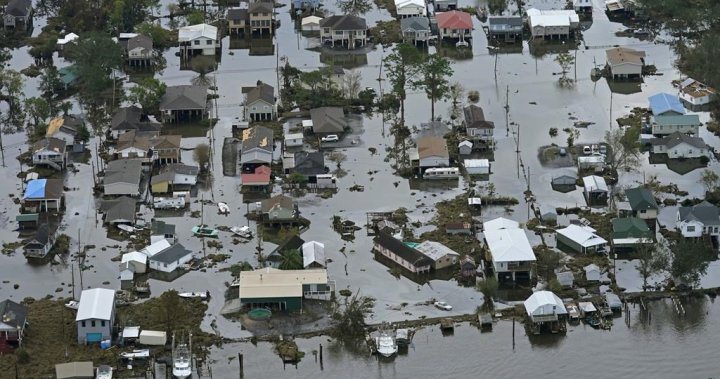searun
Well-Known Member
Seeing and hearing more positive reports that we are in the midst of seeing a shift in ocean currents and temps - strong evidence that El Nino is on the way out, and we could see the effects of La Nina as early as June. The effects of the shift aren't predicted to really be making a positive effect on ocean conditions until the fall and winter - but surely good news for Salmon!

 globalnews.ca
globalnews.ca

El Niño is almost over. A similar phenomenon may be next. What is La Niña? - National | Globalnews.ca
Meteorologist are watching for a weather pattern called La Niña, the opposite of the El Niño pattern behind this year's warm winter. La Niña could bring storms or even hurricanes.
